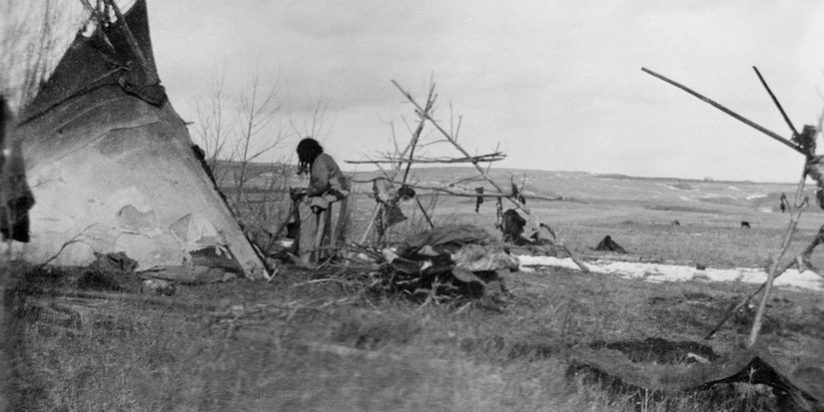Long before the homesteading era — or before this area was even called Bragg Creek — it provided for two main populations of indigenous peoples, commonly referred to as the Stoney Nakoda and the Tsuut’ina. Stoney Nakoda means “mountain people” and descendants would later congregate on reserve lands northwest and south of Bragg Creek (Morley and Eden Valley). Their Stoney trail (a network of pathways that runs north/south through the foothills) passes directly through what is now the hamlet of Bragg Creek. The Tsuut’ina, translated as “many people” or “everyone (in the Nation)” are Athabaskan (Dene) and are historically referred to as “Sarcee” — believed to mean boldness and hardiness. Bragg Creek sits on the western and now southern border of this nation’s territory.
By the late 1700s, people of these First Nations were trading furs, hides and fresh meat with newcomers to the land. Their knowledge and support became invaluable to traders, explorers and missionaries and later, to pioneers learning how to survive in the foothills of the Rockies.
In documents of their journeys to the foothills of southern Alberta and the Elbow River valley, the Hudson’s Bay Company and North West Company made reference to the indigenous peoples and the Bragg Creek area. Later, notes from Dr. James Hector’s journal (Captain John Palliser’s 1857 expedition) refer to camping at the forks of a creek, called “Swift-water Creek” — today’s Elbow River.
Photo Credit: “Sarcee encampment, Bragg Creek, Alberta.” 1900, [NA-33-28]. Glenbow Archives.

